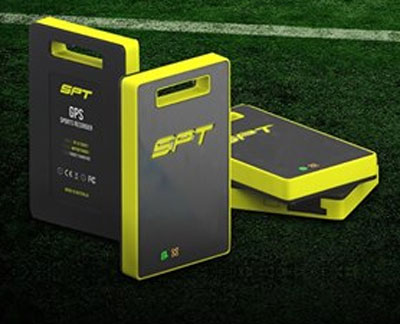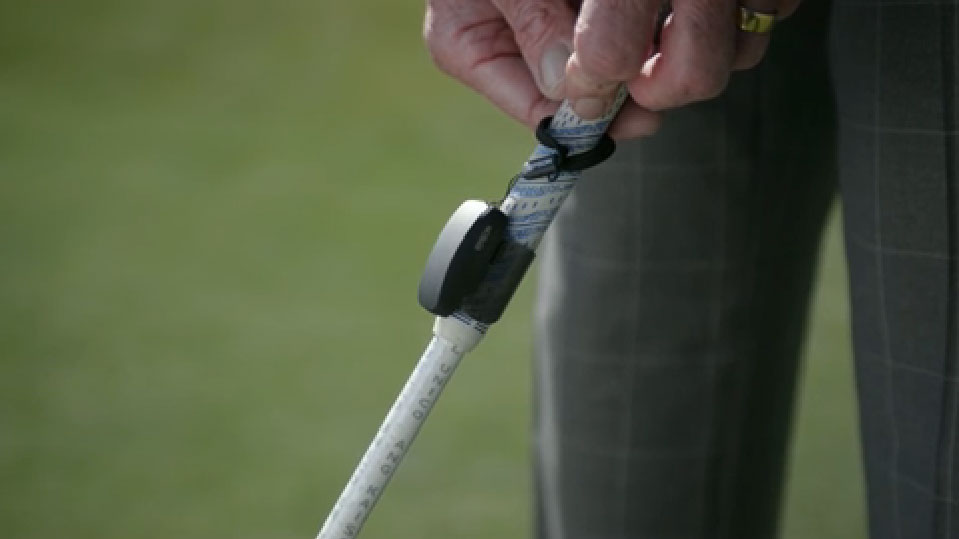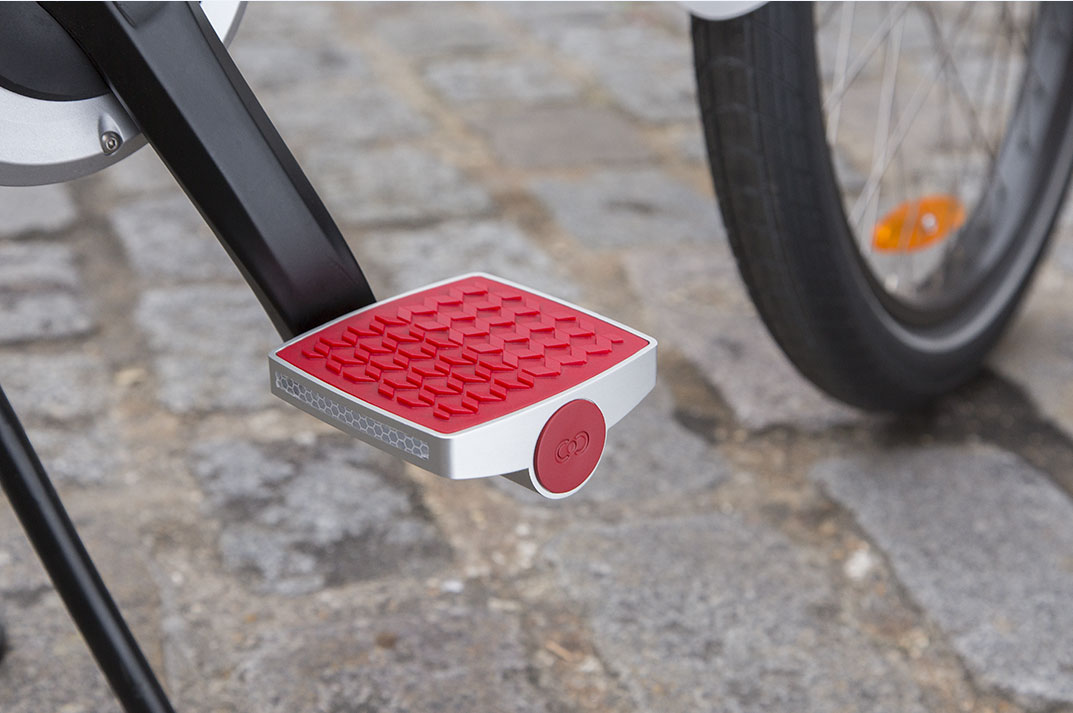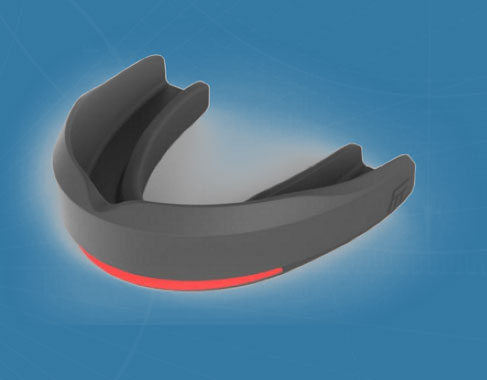New Wearables Track Your Stats on the Field
Runners aren't the only athletes who can track their stats with a wearable device — a slew of new wearable sensors are aimed at people who play sports, and cyclists. Here's a roundup of some of the most interesting sports wearables we saw at this year's CES.
Game Traka

In contact sports, wearing a fitness tracker or GPS watch on your wrist is often forbidden, because the device could harm other players. But a new wearable called Game Traka, debuting here at CES, solves this problem by being designed to fit in a vest under a player's jersey.
The device is marketed to amateur football, soccer and basketball players who want to learn more about their activity during a game, and improve their performance. The rectangular device is about the size of a box of matches, and has a GPS that updates five times per second.
Game Traka tracks a wearer's distance, speed and other data, and then gives players an intensity rating out of 100, which reflects how hard they've worked during a game, said William Strange, founder and CEO of Game Traka.
The device costs about $300, which is much cheaper than the GPS trackers used by professional athletes, which can cost thousands of dollars each, the company says. [Future of Wearable Tech]
Epson M-Tracer
Sign up for the Live Science daily newsletter now
Get the world’s most fascinating discoveries delivered straight to your inbox.
There are now several devices for tracking golf swing, including the newest device from Epson, the M-Tracer MT500GII. The device, which was also announced at CES, mounts on the grip of the golf club, and captures data about the swing path of the club, the club's speed and the angle of the club's face at impact, along with other metrics, the company says.

Users can view their data in a smartphone app that also shows their swing path in 3D, and allows them to compare their swing to that of a pro golfer.
Another company, Zepp, recently released a sensor that clips to the top of a golf glove.
Connected Cycle

The first ever "smart pedal" made its debut at this year's CES. The pedal, from French company "Connected Cycle," contains a GPS and cellular chip, and can be attached to any bike in less than two minutes, the company says. The device records speed and route information, as well as the number of calories burned during a user's bike trips.
The device also automatically sends a notification to a user's smartphone when the bike is moved, and the app lets the user see where their bike is at all times — which may be useful to those concerned about bike theft. The device also powers itself when you cycle, so there's no need for batteries.
The company does not have a product available to consumers yet, but is seeking investors.
Fitguard
Continuing to play football or other contact sports after a concussion or significant blow to the head can be harmful, but athletes may not always know when they should step out of a game. Several new devices aim to inform athletes of just how hard they've been hit, and assess their likelihood of head injury.

One product, called Fitgaurd, from Force Impact Technologies, is a mouth guard that detects rates of acceleration. If the acceleration of the head reaches a certain threshold, LED lights in the mouth guard will change color, from green to blue to red. Blue and red colors indicate medium and high-force impacts, respectively. A player who receives a more severe impact should be evaluated before returning to play, the company says.
Force Impact Technologies recently completed an Indiegogo campaign, and plans to start delivering products in September.
Another device, called Vector Mouthguard, from company i1 Biometrics, is also a mouth guard device that monitors head impacts. However, the device has a protrusion that extends outside the mouth, so it is intended to be worn only during sports in which players wear helmets.
Follow Rachael Rettner @RachaelRettner. Follow Live Science @livescience, Facebook & Google+. Original article on Live Science.

Rachael is a Live Science contributor, and was a former channel editor and senior writer for Live Science between 2010 and 2022. She has a master's degree in journalism from New York University's Science, Health and Environmental Reporting Program. She also holds a B.S. in molecular biology and an M.S. in biology from the University of California, San Diego. Her work has appeared in Scienceline, The Washington Post and Scientific American.










